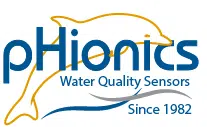The 7 Factors Affecting pH Sensor Maintenance Frequency
Introduction
pH sensors are analytical instruments used to measure the acidity or alkalinity of a solution. They accomplish this with an electrode that is sensitive to hydrogen ions in the water. To ensure the accuracy and reliability of pH measurements, regular maintenance of the pH electrode is essential. This maintenance takes anywhere from a few minutes to an hour or more if troubleshooting is required.
While it would be great if a pH sensor manufacturer could say exactly how often and how long maintenance takes, doing so is not possible because every application is different. The rest of this article explains the 7 key factors that affect maintenance frequency in an application. Understanding these factors is important to determine a maintenance schedule and budget for your pH sensor.
Key Factors Affecting pH Electrode Maintenance
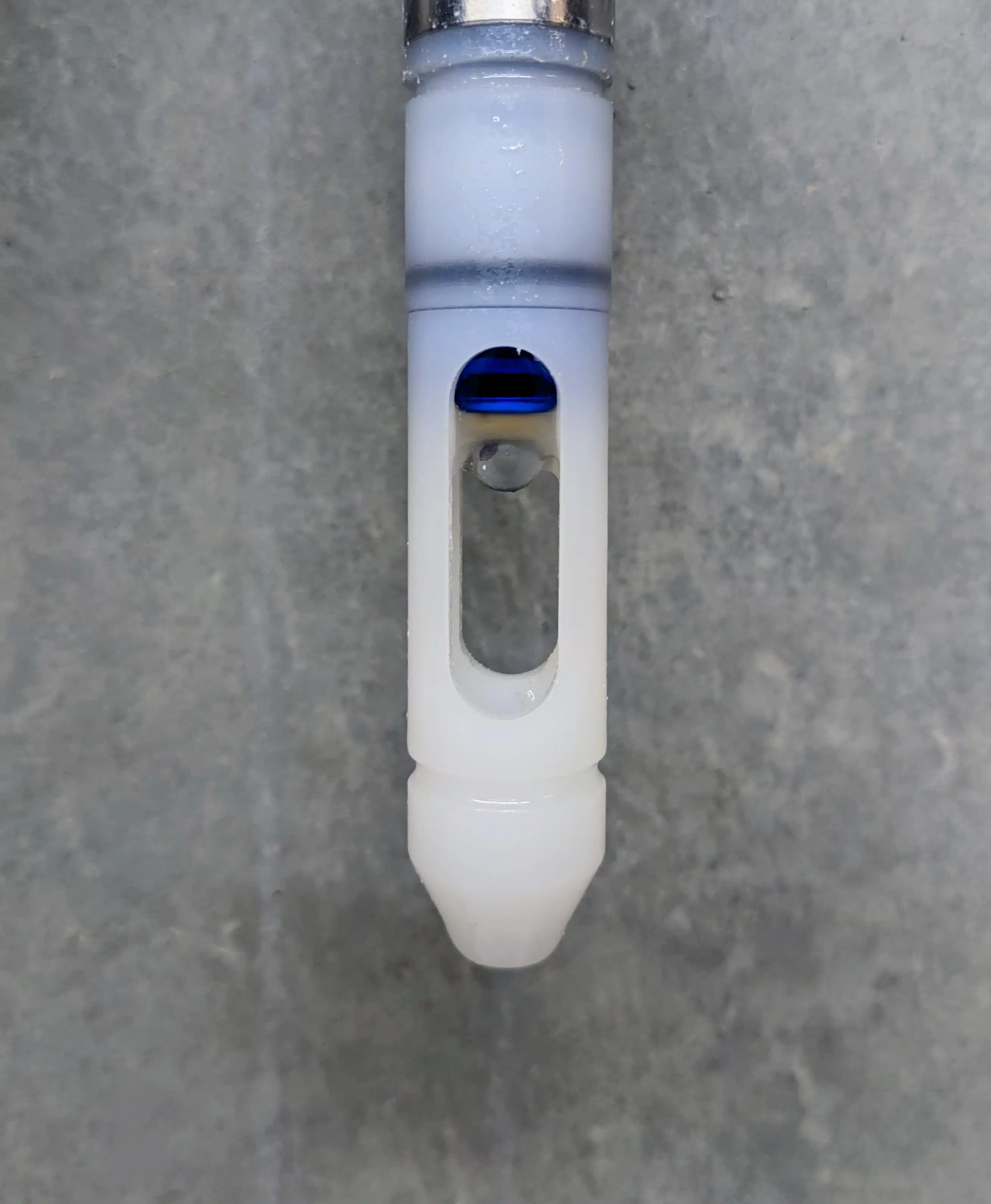
Usage Frequency
Maintenance frequency is very closely related to how often the electrode is used. For example, a high-quality pH electrode used for measuring one relatively clean sample of water daily may not need calibration for months if it’s stored properly. On the other hand, a pH electrode submersed 24/7 in a wastewater treatment plant may require maintenance every week, or even every day, depending on the quality of the sensor.
Accuracy Requirements
Some applications require precise pH measurements within 0.01 pH. Other applications simply need to be within half a pH of their target. More precise measurements always require more frequent maintenance.
Age of Electrode
The pH electrode relies on a stable reference solution that contacts the sample through the junction. Over time, the sample dilutes the reference solution and causes the electrode to drift. Calibration accounts for this drift but the electrode becomes less stable and slower as the reference gets diluted, eventually requiring replacement. For more information on when to replace an electrode, please see our article When to Calibrate and Replace Electrodes.
Sample Type
The type of sample affects reference solution dilution rate and how often maintenance is needed. Here is a list of sample types that lead to more frequent maintenance:
- High/low temperature
- Large temperature fluctuations
- High/low pH
- High flow rate
- High bacterial growth rate
- High solids concentration
- Hard particulates (can scratch or crack the glass)
- Low conductivity/TDS
This is not an exhaustive list but, in general, more extreme conditions increase maintenance frequency.
Quality of Calibration
If a pH electrode is not calibrated properly, it can lead to inaccurate measurements and more frequent maintenance. Regular calibration done by an experienced technician is essential for accurate readings and to reduce the need for maintenance. Please see this article for information on why calibration is required and how to do so properly.
Type of Electrode
pH electrodes originally used a single junction between the reference solution and the sample. This led to unreliable performance as the sample quickly traveled through the junction and diluted the sample. Nowadays, double-junction or differential electrodes are used in most applications to provide better long-term performance. To learn more about different types of electrodes and what applications they work best in, please see our pH Electrode Guide.
Storage
Storage conditions have a significant effect on the frequency of electrode replacement. When not in use, a pH sensor should be stored in a clean place without extreme temperatures or humidity. Most pH sensors must have the electrode bulb and junction submersed in storage solution to preserve performance when not in use. This storage solution is typically 3M KCl. Some pH sensors require special storage solutions, so check the manufacturer’s instructions for specific storage requirements.
For more information on pH electrode storage, please see our video or article on the topic.
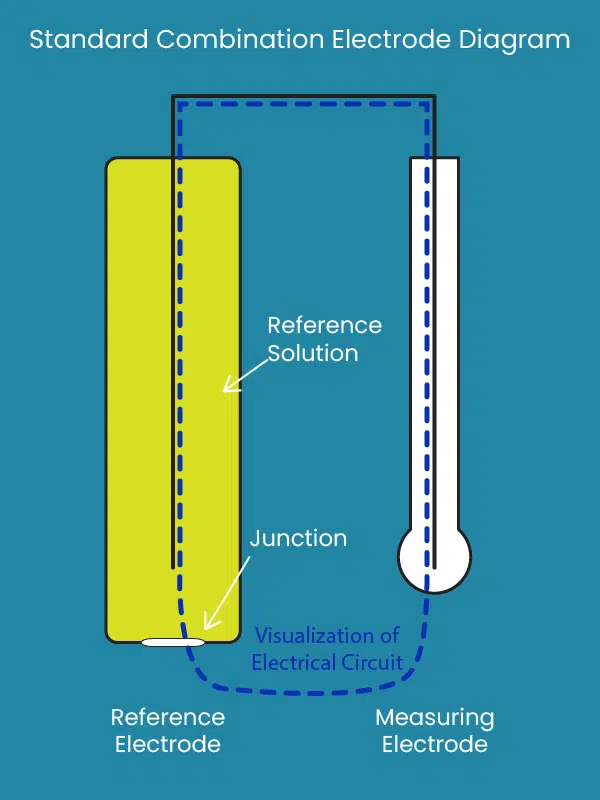
Conclusion
By understanding these factors, users can determine a maintenance schedule and budget for their pH sensor. Doing so ensures accurate readings and prolongs the lifespan of the electrode. If your application requires reliable pH sensors for long-term monitoring in any condition, then pHionics offers the STs Series for environmental applications and the D-phi Series for industrial applications.
Please do not hesitate to reach out if you have any questions about water quality measurement or wish to speak with our sales team to see how we can help you.
Recent Articles
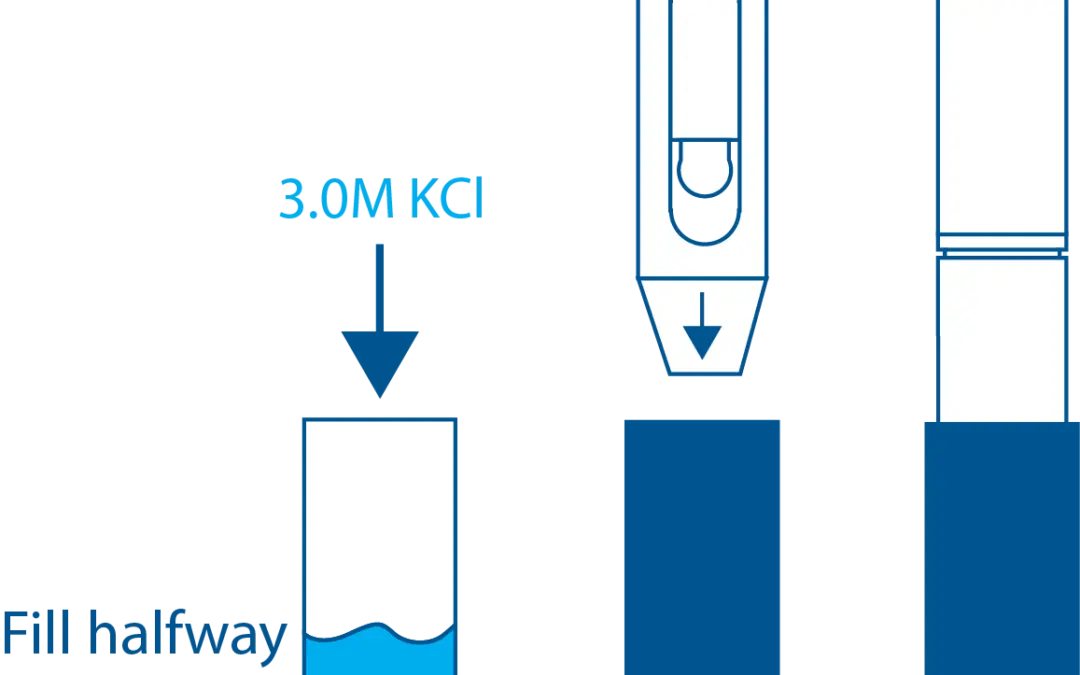
STs Series Sensor Storage
STs Series sensors are constructed from high-quality, durable materials that can be stored for long periods of time. The only weak point is the electrode, which can be damaged or expire during storage in the wrong conditions. These conditions vary depending on the type of electrode, which is why we have different storage instructions for each sensor.
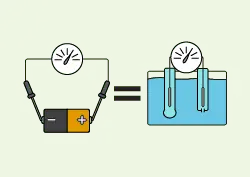
How a Glass pH Electrode Works
A comprehensive article covering how glass electrodes measure pH in a simple, understandable format. Specifically for silver/silver chloride electrodes.

Choose the Right Sensor for Water Quality Monitoring
Sensors are the backbone of any water quality monitoring system since they determine accuracy and reliability. Learn more about important characteristics to consider when choosing a sensor for your application.
